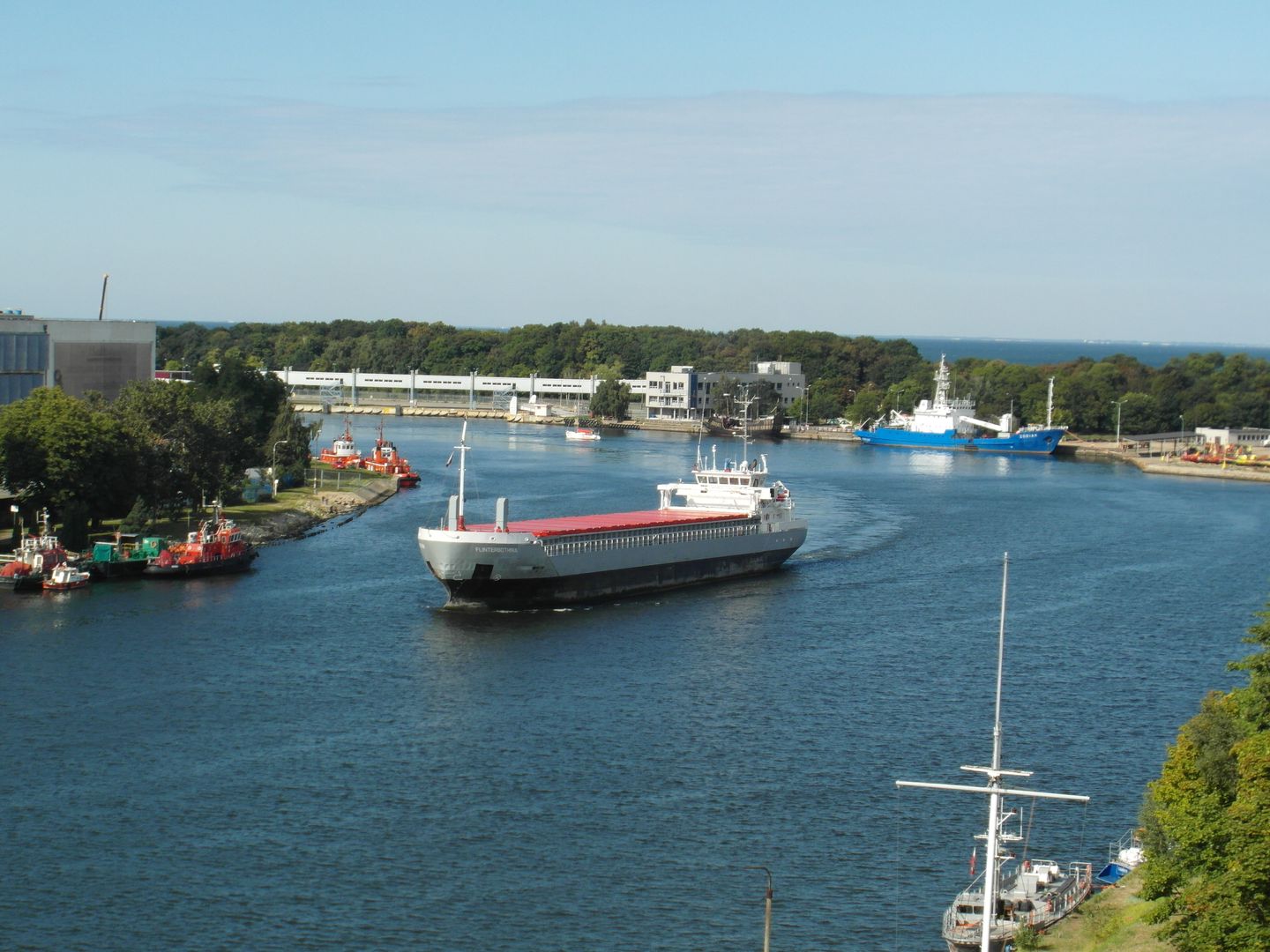Five Whistles Bend
6.55

Overview
The Five Whistles Bend is a significant body of water in Gdańsk, located at the mouth of the Martwa Wisła (Dead Vistula) into the Gdańsk Bay. It is 600 meters long and allows vessels to change course by 110 degrees. On the northeastern side, there are the Mew Quay, the Mewi Szaniec (Gull Redoubt), and the Gdańsk Shipping Terminal to Westerplatte, while on the southwestern side lies the Five Whistles Quay in Nowy Port. The history of the bend is associated with the sound signals emitted by ships, which gave it its name. It was formed from the main channel of the Vistula River, cut off by a sluice at the end of the 18th century. Until then, the Vistula connected with the bay further to the northeast, where the Wisłoujście Fortress was located. The siltation process of the river's mouth led to the formation of shallows and islets, and consequently, to the reinforcement of the banks by humans. In 1847, the old mouth of the Vistula was finally closed, creating the Westerplatte Peninsula. In the 19th century, the bend was transformed into a port canal with stone quays, and between 1958 and 1964, it was widened and deepened, with the excavated soil used to build a mound on Westerplatte, where the Monument to the Defenders of the Coast was erected in 1966. The Five Whistles Bend is also a historical site associated with the outbreak of World War II – in 1939, the German battleship "Schleswig-Holstein" shelled the Military Transit Depot on Westerplatte from this location, which is considered the symbolic beginning of the conflict. Thus, the bend is not only an important infrastructure facility but also a place of great cultural and historical significance, reminding us of the region's turbulent past.
Location
2025 Wizytor | All Rights Reserved